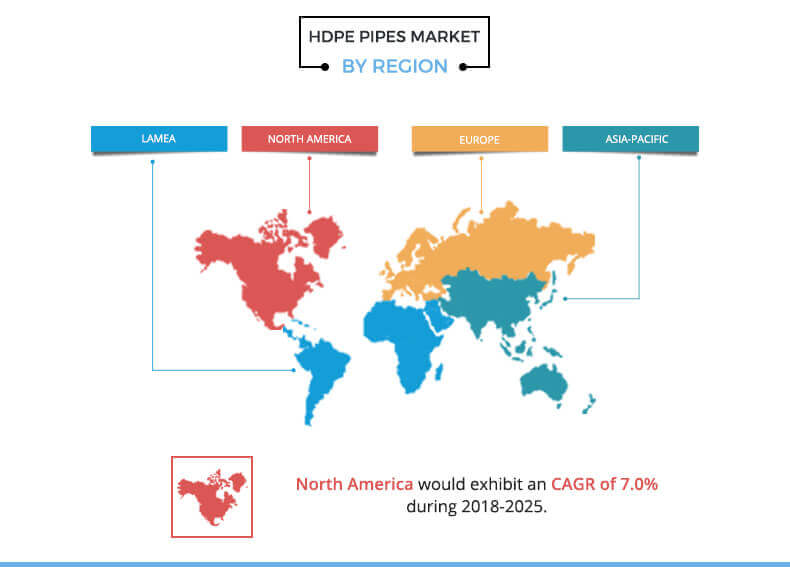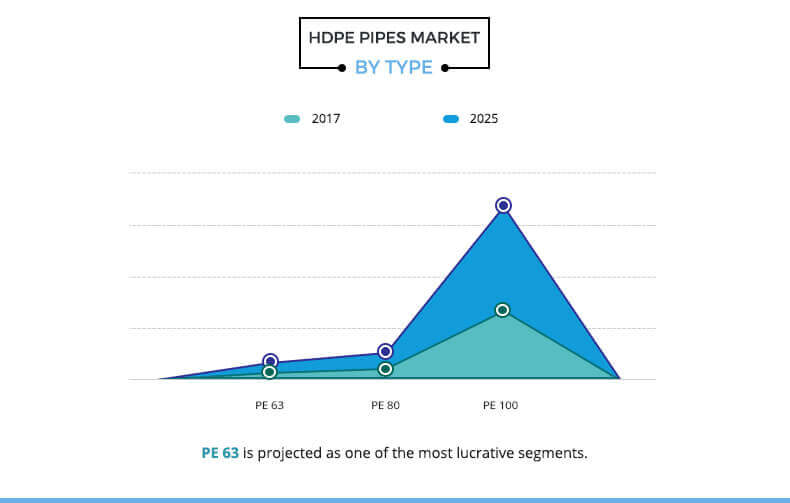TURKEY - USA - PANAMA - BULGARIA
HDPE Pipe Global Opportunity Analysis and Industry Forecast, 2018 - 2025
For more detailed information about our products and servicesCall Now!
USA & S. America +1 305 307 8483 EU& Middle East: +90 212 401 4155
Call Now!




